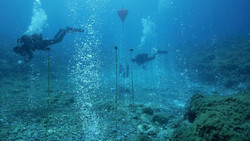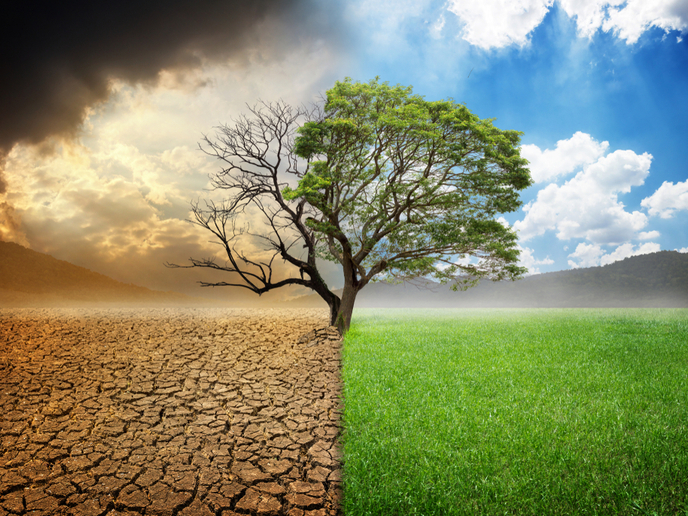Impact of sub-seabed CO2 storage on marine ecosystems
The ECO2(opens in new window) (Sub-seabed CO2 storage: impact on marine ecosystems) project studied the sedimentary cover and overlying water column at active and potential CO2 storage sites and at natural CO2 seepage sites. The aim was to identify leakage pathways through the overburden, locate seep sites at the seabed and to investigate the potential impact of leakage on the marine ecosystem. Scientists conducted risk analysis at the sub-seabed storage sites Sleipner and Snøhvit in the North Sea and Barents Sea respectively, and a proposed site in the Baltic Sea called B3 field. These particular sites were chosen as they represent the geological settings most likely to be used for CO2 storage. Seepage sites were used as natural laboratories and factors such as CO2 leakage pathways and seep locations from current and potential storage sites were assessed together with their impact on marine ecosystems. Mesocosm facilities, laboratory experiments and field work, numerical modelling tools and interfaces were established to support researchers’ studies. In addition, 21 marine expeditions investigated offshore storage and seepage sites to carry out studies and collect data. During these science cruises, scientists used and developed a range of cutting-edge monitoring technologies. The project addressed a number of important questions. These included whether there were any high permeability pathways for gas and fluid flow through the overburden and whether seepage rates were increased by the ongoing storage operation. An additional question was whether a sub-seabed CO2 storage site could ultimately leak through the overburden via seismic pipe and chimney structures, fractures and abandoned wells. ECO2 provided a comprehensive monitoring strategy for sub-seabed storage sites and was able to predict episodic events and prolonged low-flux leakage. Results were evaluated and combined in a best practice guide for the implementation and sustainable management of sub-seabed storage sites. The study provided EU and national policymakers, as well as other stakeholders in CCS with crucial information regarding environmental risks, monitoring strategies, permanency and safety, together with the legal consequences and public perception of the sub-seabed CO2 storage.







